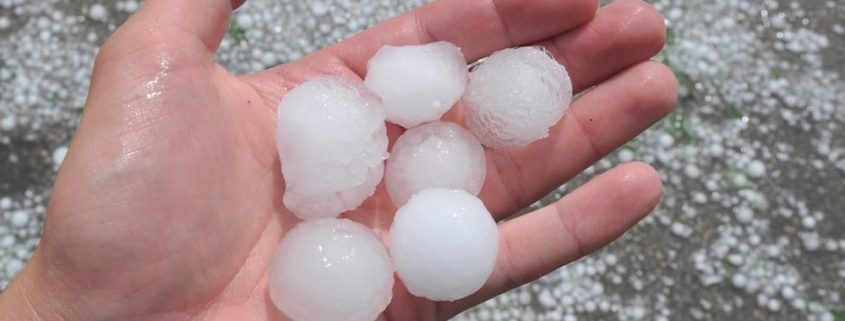Got Hail Damage? What You Need To Know
What is hail damage?
It can be hard to tell what hail damage looks like, especially on a roof. Hail damage can be seen as dark spots, or bruises, where the roofing granules have been knocked away (look in the gutters for an accumulation of granules). In some cases, you may find holes, cracking or missing shingles on your roof.

Where does hail damage happen?
Hail size distributions tend to be localized, with some roofs damaged and others not. Wind direction plays an important role, as well as roof pitch. A direct impact of hail on a shingle is more damaging than that of a glancing blow. Hail-damaged roof shingles show a ‘scouring’ effect in which larger, more irregularly shaped areas of shingle surface have lost granules.
Where is hail damage?
Start by looking in your roof gutters and on the ground for large amounts of mineral granules lost from the roof. Roofs are the most commonly damaged part of a home or business in hailstorms. A damaged shingle may allow water to seep through the roof, causing additional damage to the roof deck, support structure, interior walls or windows, and can cause leaking, staining on walls and flooding inside of your home.
Tips on preventing damage.
There really isn’t a way to prevent hail damage. Any roof is susceptible. Once your roof is damaged, it is imperative to get the damage assessed and repaired. If there was a hail event in your area, don’t wait! Stonewater Roofing can inspect your property and get you on the road to recovery.

